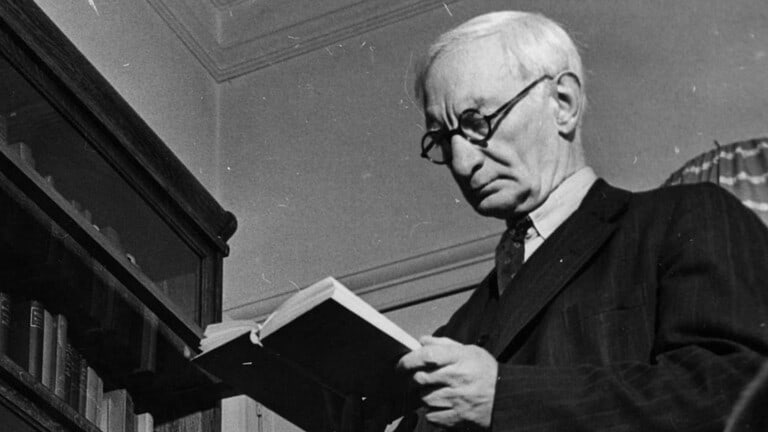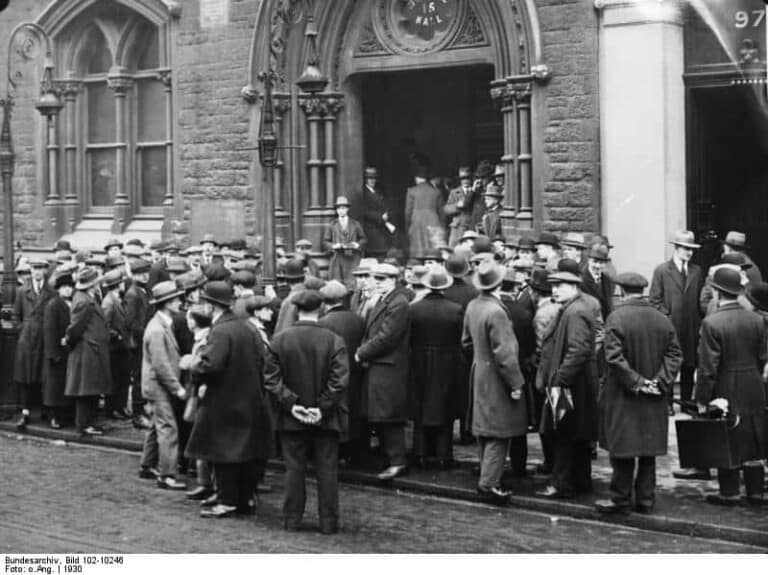According to Beveridge, two points of view are presented concerning the introduction of the Welfare State. The established view is that it was introduced in a climate of consensus: wartime hardships, the Evacuation, national solidarity and the acceptance of an increased role for the State in central planning led to a bipartisan approach to the need for durable change in social and health policies in Britain, as in other Western countries.
More recently, it has been pointed out that the War did not eliminate social differences or resentment, Evacuation did not lead to an ending of social prejudice, and the Conservatives and Labour Party did not agree on the way forward.
Nevertheless, Beveridge concludes that the War “was a major watershed in the history of school medical provision… It undoubtedly led to a determination to do something about the burden of poverty and ill health which had been revealed.
The Butler Education Act (1944)
Even before the Labour victory of 1945, Conservative Minister R. A. Butler introduced the 1944 English Education Act: since education had, like social security and health care, developed haphazardly, it was felt the situation before 1944 was complex, wasteful of ability and inequitable.
The 1944 Act laid the responsibility for education in England on the State and LEAs (Local Education Authorities), a national system, where locally administered Education became a free and universal social service. A Minister of Education was created.
Public education was to be organised in 3 stages: primary, secondary and further. In every area of the country schools should be sufficient in number, character and equipment “to afford all pupils opportunities for education offering such variety of instruction and training as may be desirable given their different ages, abilities and aptitudes”.
The private fee-paying sector was left intact. Education for all became compulsory from 5 to 15. Every parent had to ensure his child received a “suitable education” and every LEA had to make suitable provisions for this.
At age 11, children would take a test in English, Arithmetic and General Knowledge (11 plus): in the function of the results obtained at this examination, children would be sent either to Grammar School (for those with the highest marks) or Secondary Modern/Technical School for the rest.
This was known as the tripartite system but in reality, it was bipartite since very few LEAs set up Secondary Technical Schools. Comprehensive Schools were not proscribed, nor were they encouraged.
At age 16, the “brighter” pupils would take GCE O-Levels (General Certificate of Education Ordinary-Level) in several subjects, the others CSE examinations (Certificate of Secondary Education), introduced in 1963. At age 18, the “brightest” pupils would take GCE A-Levels (Advanced), which enabled pupils to apply for university.
The Labour victory of 1945 was followed by a heavy legislative programme. There were bills concerning Coal Nationalisation, Industrial Injuries, National Insurance, New Towns, Housing, Trade Union Law, the National Health Service… Much of the social planning for this legislation had been carried out during the war.
A common name for this battery of legislation concerning public health, social security, pensions and children’s allowances, better educational opportunities, and even a greater role for the State in the economy of the country (through nationalisations) is the Welfare State.
Lire la suite





